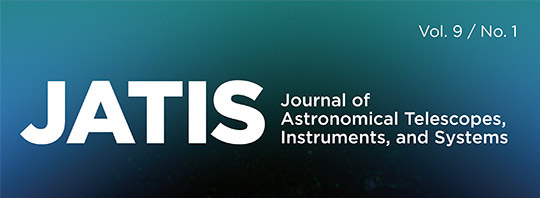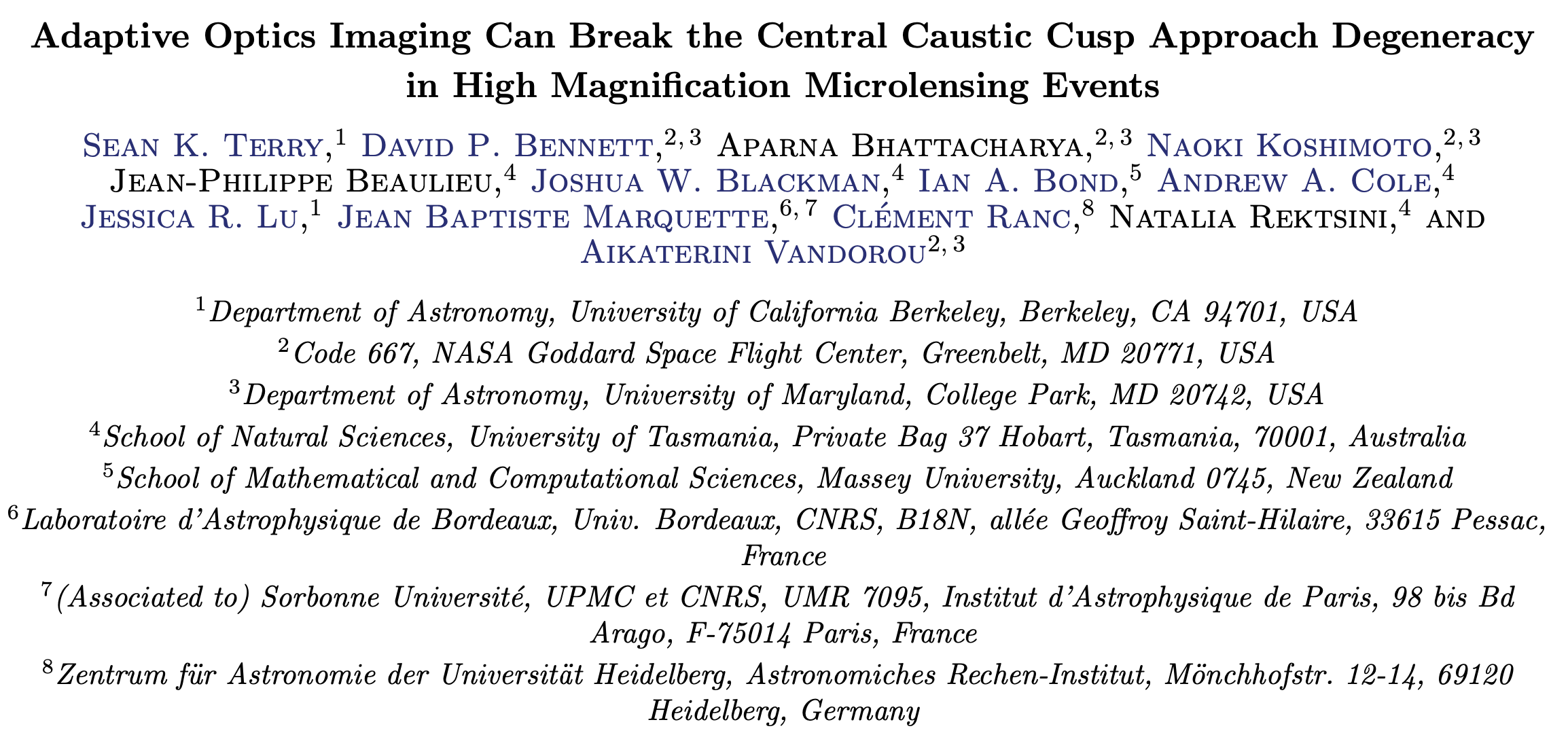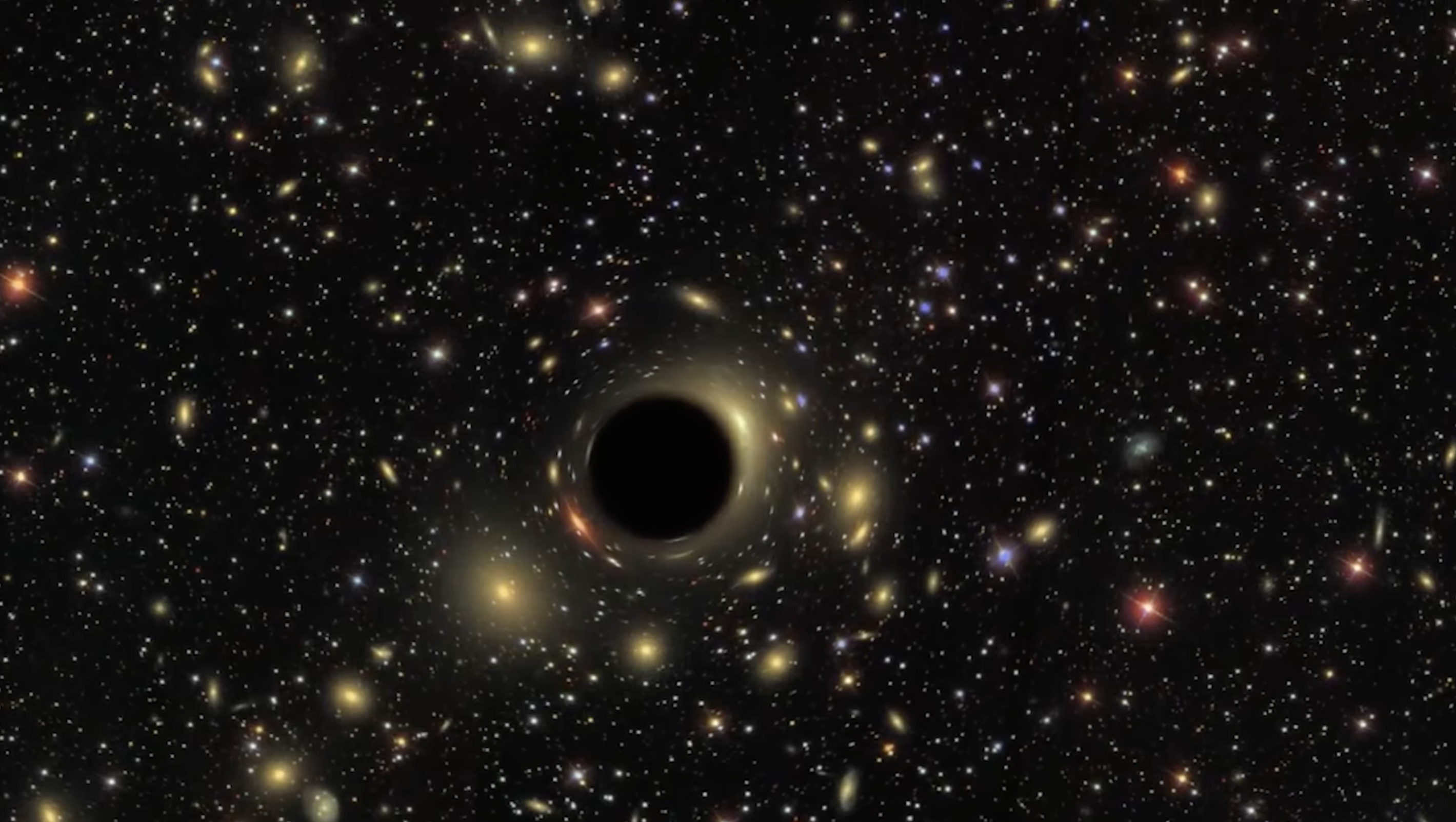Astrophysics & Instrumentation
Hello there! I am currently a postdoc at the University of Maryland, College Park and NASA's Goddard Space Flight Center (GSFC). My primary work supports the Roman Galactic Exoplanet Survey (RGES) Project Infrastructure Team (PIT). The Roman Space Telescope is the next NASA flagship mission to launch no later than Spring 2027.
Roman will conduct the Galactic Bulge Time Domain Survey (GBTDS), which is expected to discover thousands of new objects like exoplanets, free-floating planets, isolated black holes, neutron stars and more through the gravitational microlensing technique!
I have also worked on several instrumentation projects at the Keck Observatory and have been a collaborator in the UCLA Galactic Center Group.
I have a passion for teaching and also love participating in scientific Outreach opportunities. I believe every scientist has a duty to broaden and strengthen science literacy worldwide.
Other things that interest me: live sports, playing golf, eating food and traveling.
Recent Work

The Galactic Center with Roman
Terry et al. 2023
This white paper describes the opportunities, scientific returns, and trade-offs for a proposed Roman survey of the Galactic Center (GC) during the nominal Galactic Bulge Time Domain Survey (GBTDS). This white paper was written in response to the solicitation by the Core Community Survey (CCS) definition committees. The paper can be found on arXiv here.

AIROPA IV: Validating Point Spread Function Reconstruction on Various Science Cases
Terry et al. 2023
We use the point spread function reconstruction (PSF-R) software package, AIROPA, on several datasets to test the effectiveness of the PSF-R technique on Keck/NIRC2 adaptive optics (AO) images. The open access journal article can be found here.

Adaptive Optics Imaging Can Break the Central Caustic Cusp Approach Degeneracy in High Magnification Microlensing Events
Terry et al. 2022
We re-analyze the microlensing event OGLE-2011-BLG-0950, including new Keck AO imaging data. The high-resolution following up data allow us to rule out planetary companion scenarios and determine the best solution is a stellar binary lens system. The open access journal article can be found here.

An Isolated Mass Gap Black Hole or Neutron Star Detected with Astrometric Microlensing
Lam et al. 2022
Work led by UC Berkeley graduate student, Casey Lam, reports the first isolated Black Hole or Neutron Star detected with astrometric microlensing. The press release is here, and the preprint can be found here.



